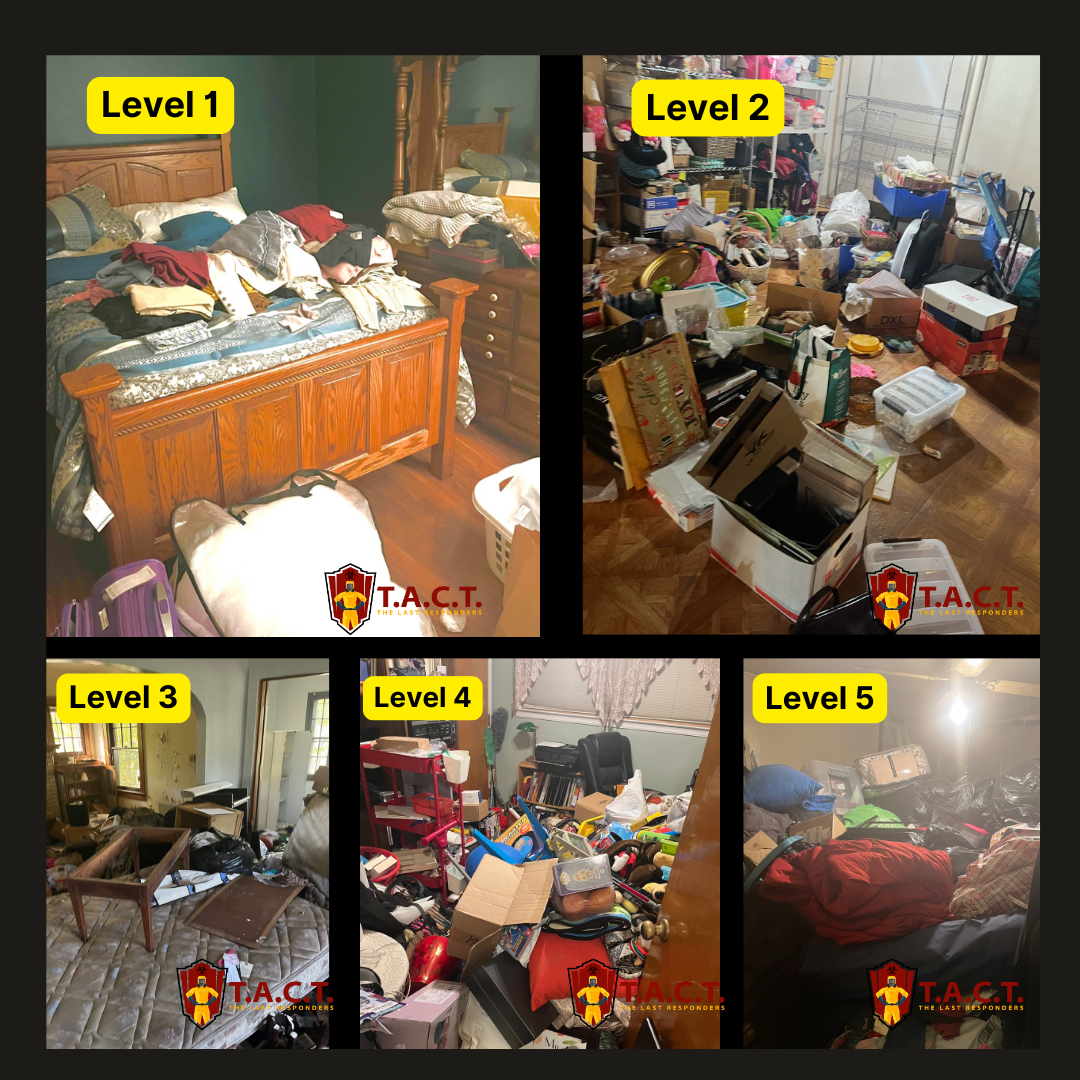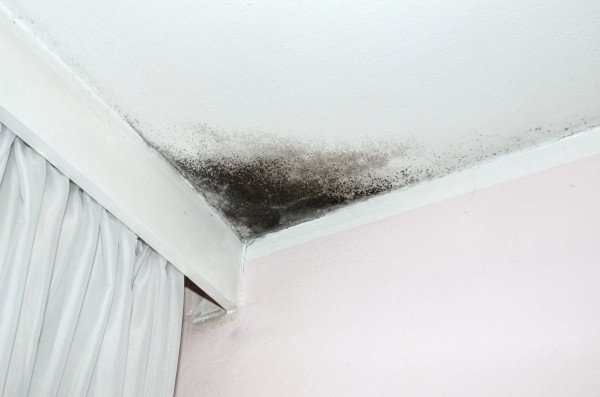Understanding the 5 Levels of Hoarding: Insights from T.A.C.T. Detroit

Hoarding is a complex and often misunderstood condition that can have profound effects on individuals and their families. Recognizing the different stages of hoarding can be crucial in addressing this issue with empathy and effectiveness. T.A.C.T. Detroit, an organization dedicated to helping those struggling with hoarding, has identified five distinct levels of hoarding. Understanding these levels can help in providing the appropriate support and intervention needed to foster a healthier living environment.

Level 1
Mild Clutter and Minimal Risk
Level 1 represents the most manageable form of hoarding, often characterized by mild clutter in living areas. Inhabitants maintain functioning systems within their homes — kitchens are usable, exits are clear, and there are no significant risks posed to daily life. Identifying Level 1 can be challenging as it may not interfere noticeably with everyday functionality, but the habit of collecting and retaining items begins to take root. Providing gentle encouragement and organizational strategies at this stage can prevent escalation to more severe levels.
Level 2
Moderated Clutter and Increased Task Avoidance
At Level 2, homes begin to show signs of disorganization such as cluttered rooms, limited access due to blocked pathways, and signs of neglect such as unaddressed repairs or unfinished chores. Individuals might start avoiding routine cleaning and maintenance tasks, leading to mild safety or health concerns. Compassionate conversations and incremental decluttering support can be beneficial at this stage. Offering emotional support while assisting with organization can help prevent accumulation from worsening.


Level 3:
Compromised Living Spaces and Safety Concerns
Level 3 indicates a transition into significant hoarding behavior. Rooms may become unusable for their intended purposes, sanitation issues might arise, and there’s a noticeable buildup of clutter. Individuals at this level often experience anxiety or depression related to their hoarding, creating a cycle of avoidance and shame. Professional intervention paired with emotional support becomes crucial here. A compassionate approach that emphasizes understanding and gradual progress can lead to meaningful change.
Level 4:
Dangerous Conditions and Impaired Functioning
Homes representing Level 4 hoarding display dangerous living conditions, such as blocked fire exits and significant structural hazards like mold or rodent infestations. Areas of primary concern include severe sanitation problems and diminished daily functioning capabilities due to clutter. At this stage, thorough intervention from cleaning services, mental health counseling, and possibly city officials to ensure safety may be required. Addressing underlying psychological factors is essential in providing sustainable solutions.


Level 5:
Severe Hoarding and Critical Health Risks
The final stage, Level 5, denotes critical conditions with extremely hazardous living environments. These homes might contain spoiled food, fire hazards, or entirely blocked exits, posing severe health risks. Individuals may live in isolation due to the condition of their home, further complicating mental health challenges. Immediate intervention from specialized professionals, including coordinated health and emergency services, is necessary to address both the physical danger and emotional needs of individuals.
Recognizing these five levels helps in understanding the complexities of hoarding. By approaching each stage with empathy and targeted strategies, we can better support those affected, facilitating paths to recovery and healthier living spaces. T.A.C.T. Detroit’s insights remind us that compassion and understanding are key components in addressing this challenging condition.

Latest news

Mold Testing and Mold Inspection in Sterling Heights, Troy, Novi, Detroit, and Lansing, MI. We Look in All Areas for Professional Mold Removal, Mold Mitigation, and Mold Remediation.
Read More
Toxic Mold Removal in Sterling Heights, Troy, Novi, Detroit, and Lansing, MI. We Are Available 24/7 for Toxic Mold Remediation, Black Mold Removal, and Black Mold Remediation.
Read More
Mold Removal in Lansing, Detroit, Novi, Sterling Heights, and Troy, MI. Attic Mold Remediation, Black Mold Remediation, Black Mold Removal, Mold Treatment, and Toxic Mold Removal.
Read More